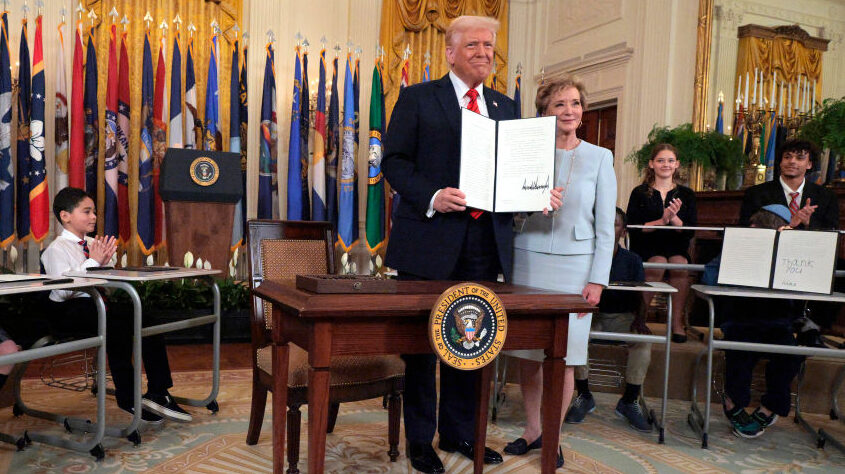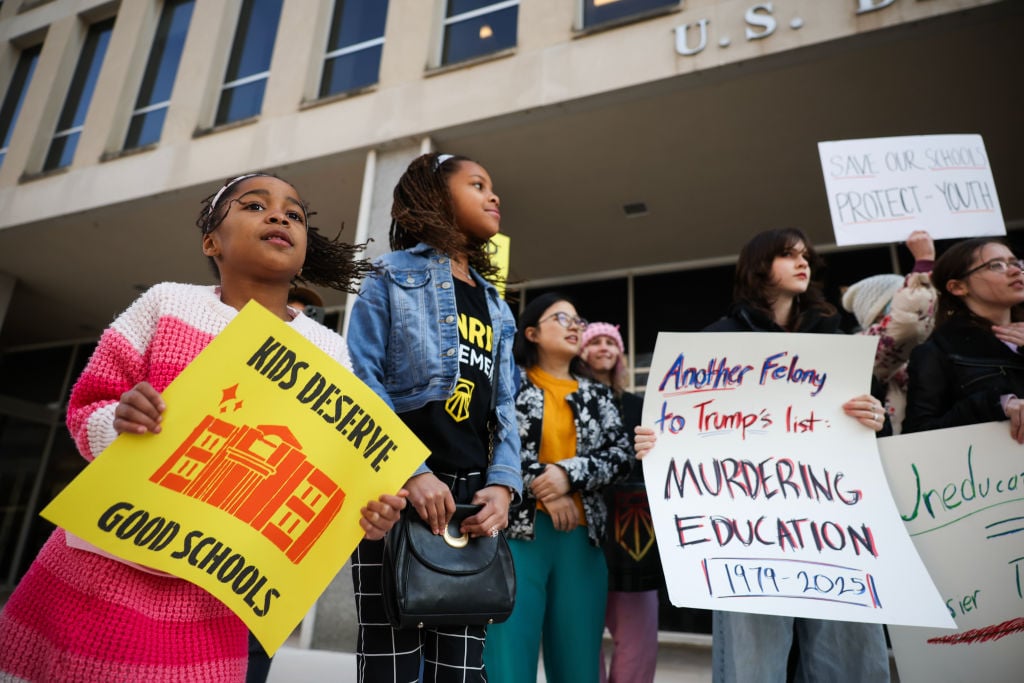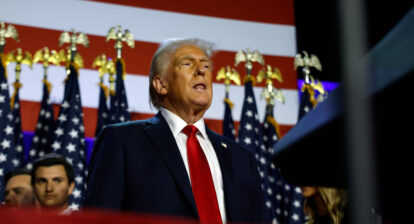
The memo cites that “certain” DEI practices amount to a violation of federal law.
The U.S. Department of Education on Thursday sent a memo to states receiving Title I funding threatening to withhold federal money from any public schools that do not eliminate all diversity, equity, and inclusion (DEI) programs. The move is an escalation by the Trump administration in an effort to force public schools across the country to comply with an executive order—which characterizes DEI as “illegal discrimination”—signed by President Donald Trump.
According to USA Today, the Education Department memo does not clarify what kinds of programs would be deemed DEI. Instead, it says that “illegal” DEI practices “advantage one race over another.”
The memo doesn’t clarify what the administration views as a DEI program, but it says so-called illegal DEI practices take advantage of one race over another and the use of “certain” DEI practices amounts to a violation of federal law.
During her Senate confirmation hearing, Education Secretary Linda McMahon said public schools observing Black History Month or Dr. Martin Luther King, Jr. Day, for example, would be permissible. However, she declined to give the same affirmative for certain classes about Black history.
“I’m not quite certain … I would like to take a look at these programs and fully understand the breadth of the executive order and get back to you on that,” said McMahon.
The Trump administration’s Thursday memo is significant in that it targets public schools receiving Title I funding, which have a high percentage of low-income students who are predominantly Black and brown. While federal funding accounts for a small percentage of total education funding in most states–as low as 8% nationally, for example, according to the New York Times–in states in the South like Mississippi, that percentage is as high as 23%.

According to the Brookings Institute, “Economically disadvantaged and Black and Hispanic students receive less education funding than economically advantaged or white students.” Any additional funding lapses could be critical for impacted schools.
Advocates have been very vocal in their opposition to the Trump administration’s targeting of DEI in public schools and, more notably, their move to eliminate the Education Department altogether. By law, only Congress can eliminate the agency. However, the Trump administration has drastically dismantled the DOE by stripping certain functions from the department, like moving the management of student loan debt to the Small Business Administration and special education services to the Department of Health and Human Services.
The administration has also laid off about half of the DOE’s employee staff, including within the agency’s civil rights department, which is tasked with investigating cases of racial and other types of discrimination.
“We’ve seen civil rights cases, you know, sort of be unanswered or dropped for students with disability, students of color across the country,” said Eric Duncan, director for K-12 policy at EdTrust.
Despite the Trump administration’s actions to claw back the federal government’s role in public education, Duncan says the government’s role has always been to that states educate “all children, particularly Black children and some of the more historically marginalized groups.”
“And so this is really a sort of step back, and it sort of sends a message to states that [they] can kind of decide who you teach and how you teach them,” Duncan told theGrio.
!function(){var g=window;g.googletag=g.googletag||{},g.googletag.cmd=g.googletag.cmd||[],g.googletag.cmd.push(function(){g.googletag.pubads().setTargeting(“has-featured-video”,”true”)})}();




